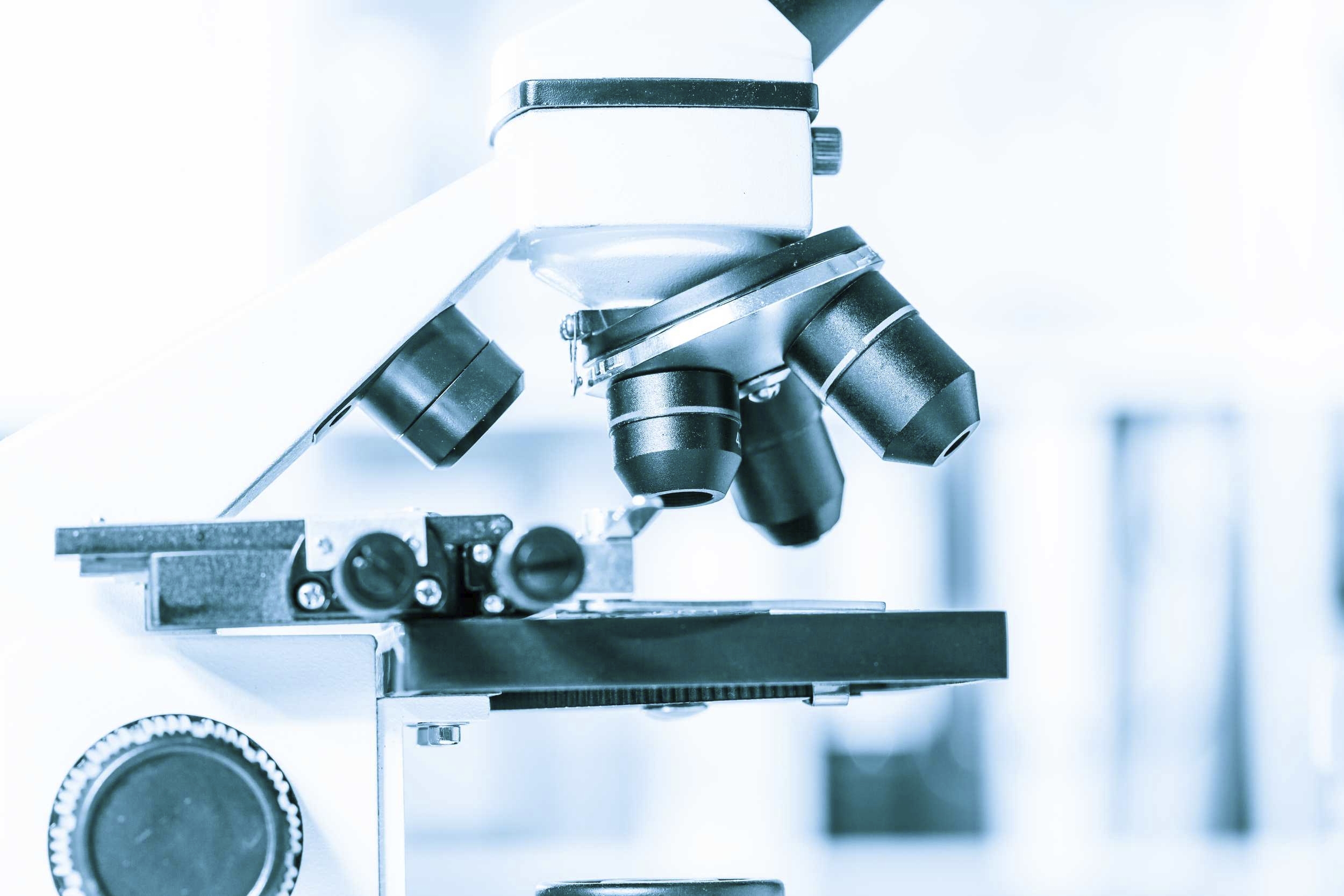International Stem Cell Corporation has just announced the launching of a clinical trial in Australia to assess the effectiveness of a treatment based on human parthenogenetic stem cells for Parkinson’s disease [1]. It is a disease that affects around seven million people in the world and until now no curative treatment has been found. These trials request great prudence. Decoding by Gènéthique.
Before launching the clinical trial, the company carried out a series of preclinical studies using human parthenogenetic stem cells-derived neural stem cells (ISC-hpNSC). These cells are administered via intracranial injections, with the objective of replacing the neurones that are destroyed in patients affected by Parkinson’s disease. Twelve patients will be testing this new therapeutic treatment, and will be receiving injections of different doses of cells, in order to assess their effectiveness and safety.
Parthenotes, a falsely ethical alternative
Human parthenogenetic stem cells are issued from parthenogenesis [2]. This process, which enables one to obtain a reproduction from a human egg by simple stimulation, without the intervention of a male gamete, exists naturally in plants, reptiles and insects, but not in mammals. We can, under certain conditions [3] of human oocyte stimulation, obtain a beginning of parthenogenetic development. Scientists are therefore now able to create, artificially, without any fertilization, human embryos. These embryos are, for the time being, not viable on the long term, but can be kept alive long enough to enable researchers to take samples of embryonic stem cells.
Researchers are exploiting this new source of stem cells, as it represents a less expensive and less regulated alternative to human embryos, left aside by companies invested in reproduction. What is more, parthenogenesis represents a much more stable, reliable and abundant source of embryonic stem cells than the few human embryos obtained under certain conditions. However, two interrogations remain:
- First, if the embryos produced by parthenogenesis in mammals do not develop beyond the stage of blastocyst [4], probably because of the lack of the father’s genetic imprint, it seems reasonable to suppose that the derived stem cells of these embryos are affected by serious epigenetic abnormalities, and that it would therefore be inconsiderate to administrate these cells or their derivation to patients.
- The second interrogation is an ethical one: Activated human oocytes who enter into parthenogenesis behave exactly like human embryos until their epigenetic unbalance hinders their development and prevents them from implanting in the mother’s uterus. The fact of calling them “parthenotes” does not change what they really are, on a fundamental, ontological point of view, i.e., human embryos the same as human embryos prepared via in vitro fertilization and who do not succeed in implanting themselves.
The position of the European Court of Justice
The European Court of Justice adjudicated after having received a request from the
biotechnology company International Stem Cell Corporation (ISC), which wanted to patent
its technology by using human eggs activated by parthenogenesis. In its ruling from
December 18th, 2014, the European Court of Justice judged that “an organism incapable of
developing into a human being is not constitutive of a human embryo in the sense of the
directive on judicial protection concerning biotechnological inventions. From there, the use
of such an organism for industrial or commercial means can, in principle, be patented”. The
European Court of Justice thus differentiates the cases in which the egg activated by
parthenogenesis has the intrinsic ability of developing into a human being (related to a human
embryo and not patentable), and the cases in which the egg that has been activated does not
have this ability (not related to a human embryo and therefore potentially patentable).
However, in its Brüstle v. Greenpeace ruling of October 18th, 2011, the European Court of Justice considered that the notion of “human embryo” included non-fertilized human eggs induced to divide and develop through parthenogenesis.
Besides, even if one contested the title of human being that is given to embryos that are the result of parthenogenesis, because of their limited future, prudence requires one to treat them as if they were fully embryonic. The precautionary principle, largely claimed and used in fields far less fundamental must, at least, be applied when the notion of the human being and its definition is at stake.
[1] Stem cells portal, 21.12.2015.
[2] From the Greek « virgin birth », natural process by which a new embryo can develop from a non-fertilized egg.
[3]. Chemical or electrical means.
[4] Stage of development of the embryo, between 5 and 6 days after fertilization. This stage is that of the implantation in the mother’s uterus.

